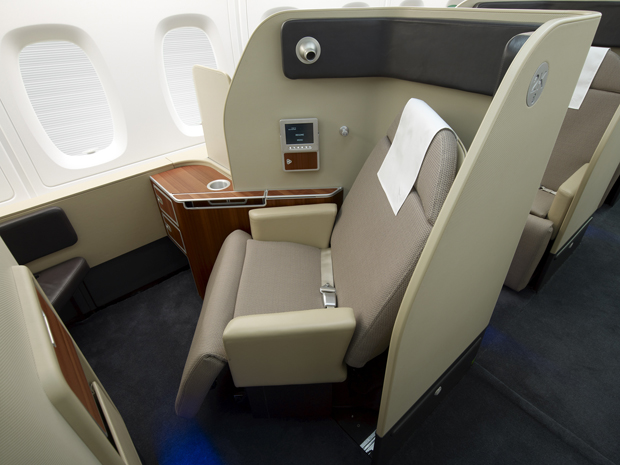|
Theatreland 1915 |
||
|
The fantastical maps of Max Gill reveal why the artist was once as well known as his now more famous elder brother, says Isabel Stevens Eric Gill has always had a place in art history. His Gill Sans font adorned the covers of Penguin books in the 1940s; he carved the figures of Prospero and Ariel above the entrance to the BBC’s Broadcasting House and the Stations of the Cross in Westminster Cathedral; and he has been the subject of retrospectives at the Barbican and British Museum. Yet while his younger brother, the graphic artist MacDonald “Max” Gill was just as acclaimed in the first half of the 20th century, Max’s posters, sketches and illustrations spent the latter half, after his death in 1947, stuffed in the cupboards and drawers of his Sussex cottage and were discovered and reappraised only in recent years. As the retrospective at the PM Gallery in Ealing makes clear, Max was first and foremost a map man. A photograph at the start of the exhibition shows a British chap in an old smock, pipe in mouth, paintbrush in hand, staring through horn-rimmed glasses into the ocean of one of his huge creations. Vitrines throughout are full of medals, murals, dust jackets, clock faces, wind dials and even blueprints for houses he designed. A gravestone in the middle of the gallery reminds us that the well-known typeface from war memorials and cemeteries was his. But it’s Max’s geographic charts that dominate the walls: advertising services from British radio and telephone communications to global telegraph networks, county bus routes to mail steamship itineraries and ferry lines connecting different parts of the empire. That the younger Gill trained as an architect shows in his intricate, precise drawings. But rarely were his poster atlases dry or purely functional. He drew countries at strange, unrecognisable angles, had sea creatures watch over them and littered his lands with oddball facts – his map of county bus routes notes when architectural landmarks where built, but also includes tips on where to find the best displays of rhododendrons near Woking. London Wonderground may be his most lively and peculiar composition, lying somewhere between a comic and a map. Ostensibly a record of underground stations viewed from the streets, it in fact offers a smorgasbord of city life. Commissioned by the Electric Railways of London in 1914 and displayed in tube stations, its bustling scenes and the characters in its higgledy-piggledy streets proved so absorbing that newspapers of the time reported onlookers forgetting about their trains. In it, statues, swans, cricket players, dogs and children all offer up their thoughts. “Underground I’ll go when my neck gives in” says a man hanging from Marble Arch’s Tyburn Tree gallows. Meanwhile, literal interpretations of places produce delightful capers: of polo players launching hams into the air (at the Hurlingham club of course) and of an earl being apprehended (it’s on the District Line). There’s even an urban fox in the mix. If London Wonderground moved, it would be a Wes Anderson film. Gill’s designs whisk us back to a time when Britain was jolly great. His celebrations of the empire are half propaganda, half childish fascination, with India and Sri Lanka pictured full of exotic creatures but no people. In 1927, Gill’s 20ft x 10ft Highways of the Empire stopped traffic on Charing Cross road, but it’s not surprising that such designs, with Britain at their centre, felt out of tune with the second half of the 20th century. Many, though, still stir the feelings that Gill wanted: curiosity and wonder. His 1940 exploration of Britain’s national beverage, Tea Revives the World, proves just as enchanting for audiences who don’t need a distraction from the Second World War. Peer into it and learn all manner of daft and occasionally valuable nuggets: that the world’s loneliest isle received supplies only once a year; that the drink urges tranquillity of the soul; that mountaineers, Hollywood stars and whaler crews all depend on it; and that tea is served at 4pm on America’s cross-continental airlines.
The Wonderground Map of London Town, 1914
Theatreland, 1915 Out of the Shadows: MacDonald Gill, PM Gallery, London,Until 2 November |
Words Isabel Stevens |
|
|
||






















